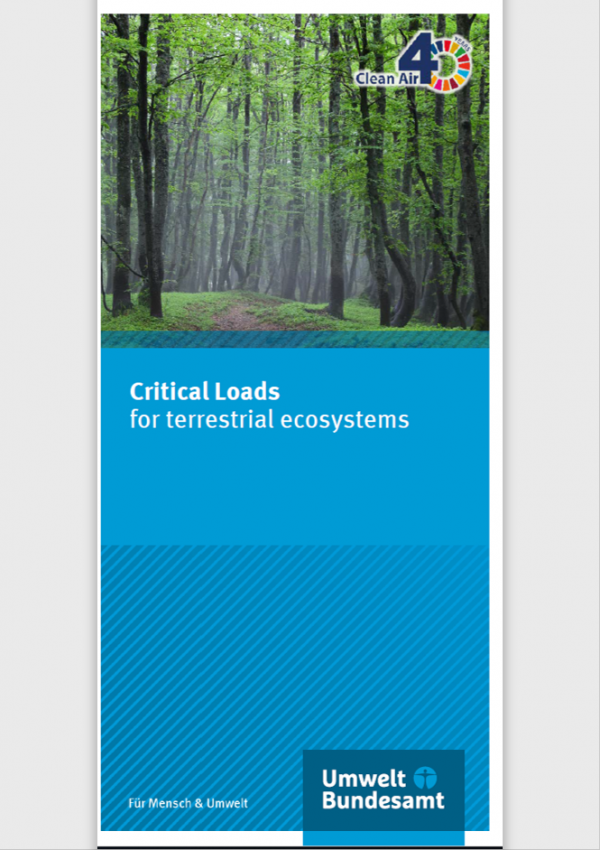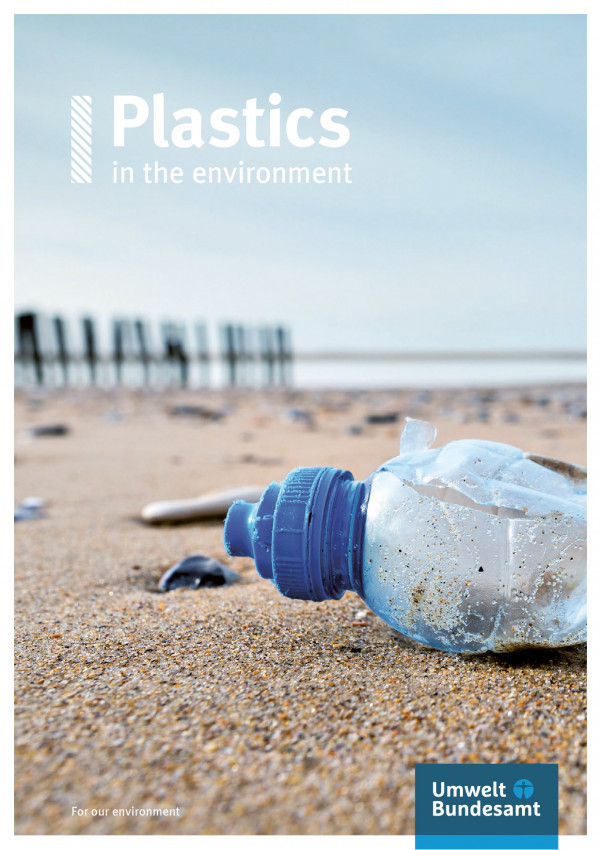Bisphenol A-free products are not necessarily good for man and the environment

Bisphenol A used in sales receipts was recently substituted with substances such as bisphenol S.
Source: pure-life-pictures / Fotolia |
The industrial chemical bisphenol A is rightly being banned from use in ever more consumer products, including in the thermal paper used for sales receipts in early 2020. This is because it acts like a hormone and can impair fertility in humans and wildlife. It may even promote the growth of certain tumours. The problem is that its substitutes are not necessarily better for man and the environment. A current research project from the German Environment Agency shows that 43 of 44 tested substances are not viable as a safer substitute, either because they also have hormone-mimicking activity or there is no conclusive data available yet. Only one substance, Pergafast 201, showed no hormone-like activity during screening tests conducted for the project. Other properties of concern for the environment, such as persistence in the environment or bioaccumulation, were not included in the scope of the project.
The EU Chemicals Directive REACH is the background against which a discussion with the other EU Member States and the European Chemicals Agency (ECHA) is taking place to decide on further data requirements for certain substances in the group of bisphenols. These data are then requested from the producers and are used to clarify the initial concern of the endocrine disrupting potential of the substances. If it can be concluded that the chemicals are endocrine disruptors for man and/or the environment, suitable measures, e.g. a restriction for certain uses, will be introduced throughout the EU to minimise exposure and to promote substitution by less hazardous substances.
For now, sales receipts should be disposed of with residual waste for incineration. If disposed with waste paper, the recycling process could reintroduce these chemicals into the product cycle, for example in toilet paper. Bisphenol-free paper for sales receipts is already available. However, the absence of any clear labelling prevents consumers from distinguishing the paper from papers which contain bisphenol.

























